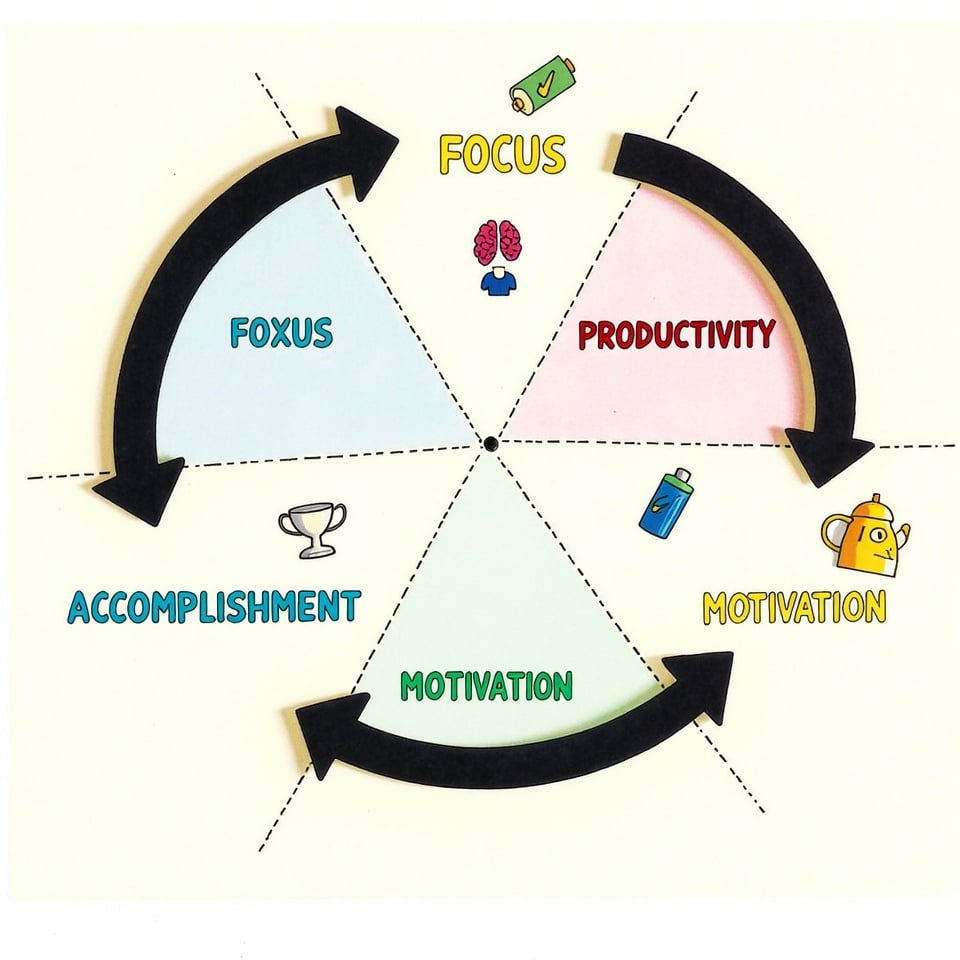The words “pallet,” “palette,” and “palate” are often used interchangeably, but they have distinct meanings and uses. Whether you’re writing a recipe, describing a work of art, or shipping goods, using the correct term is essential for clear communication.
In this article, we’ll explore the differences between these three commonly misused words and provide a clear understanding of when to use each one.
By the end of this article, you’ll be able to confidently use “pallet,” “palette,” and “palate” in their correct contexts.
Table of Contents
Palette meaning
A palette is a flatboard or tablet artists use to hold and mix paint, creating a range of colors to bring their vision to life.
It’s a fundamental tool for painters, allowing them to express their creativity and produce unique works of art.
Beyond art, the term “palette” can also refer to a range of tastes, flavors, or even musical notes, emphasizing the idea of creative expression.
Pallet meaning
A pallet is a sturdy, portable platform used to transport and store goods, often wood or plastic.
It’s designed to be lifted by machinery, making it a crucial tool in shipping and logistics. Pallets are commonly used to move large quantities of products and can be stacked to maximize storage space.
In contrast to its practical uses, a pallet can also refer to a makeshift bed or sleeping platform, but its primary purpose is industrial.
Palate meaning
A palate refers to the roof of the mouth, including the hard and soft tissues that play a vital role in our sense of taste and smell.
In a broader sense, the term “palate” describes a person’s ability to appreciate different flavors, with a “refined palate” indicating a discerning sense of taste.
When describing food and drink, the palate highlights the flavors and textures experienced while eating or drinking. This term is distinct from “palette” and “pallet,” focusing on the sensory experience of taste.
Difference between palette, pallet, and palate
While the words “palette,” “pallet,” and “palate” may seem similar, they have distinct meanings and uses.
Understanding the differences between these terms can help you communicate more effectively and avoid confusion in various contexts.
A Matter of Art, Industry, and Taste
The main difference between the three terms lies in their respective domains:
- A paletteis an artist’s flat board or tablet to hold and mix paint or various colors used in art, design, or music.
- The palletis a sturdy, portable platform for transporting and storing goods in industrial settings.
- Palatedescribes the roof of the mouth and the sense of taste, or a person’s ability to appreciate different flavors.
Why the Confusion?
The confusion between “palette,” “pallet,” and “palate” often arises from their similar spellings and pronunciations. Additionally, the terms are often used in different contexts, making it easy to mix them up.
However, understanding each term’s unique meanings and uses allows you to avoid mistakes and ensure clear communication.
In Practice
To illustrate the differences, consider the following examples:
- “The artist mixed colors on her palette to create a vibrant painting.” (Here, “palette” refers to the art tool.)
- “The warehouse worker loaded crates onto a pallet for shipping.” (In this case, “pallet” refers to the industrial platform.)
- “The chef’s dish was a delight to the palate, with its complex flavors and textures.” (Here, “palate” describes the sense of taste.)
By recognizing the distinct meanings and uses of “palette,” “pallet,” and “palate,” you can communicate more effectively and avoid confusion in various contexts.
Pallet vs. palette vs palate examples
To help you better understand the differences between “pallet,” “palette,” and “palate,” here are some examples that demonstrate how each term is used in context:
Pallet Examples
- “The warehouse worker stacked boxes onto a pallet to prepare them for shipping.”
- “The company uses wooden pallets to transport goods across the country.”
- “The forklift operator carefully lifted the pallet off the truck and placed it in the storage area.”
Palette Examples
- “The artist mixed colors on her palette to create a vibrant painting.”
- “The designer chose a bold color palette for the new branding campaign.”
- “The musician’s latest album features a diverse palette of sounds and styles.”
Palate Examples
- “The chef’s dish was a delight to the palate, with its complex flavors and textures.”
- “After years of eating spicy food, her palate had become desensitized to the heat.”
- “The wine connoisseur had a refined palate and could detect subtle notes of oak and vanilla in the wine.”
Comparison Examples
- “The artist’s palette was a mess of colors, while the warehouse worker’s pallet was neatly stacked with boxes.” (Here, “palette” refers to the art tool, while “pallet” refers to the industrial platform.)
- “The chef’s palate was pleased by the flavors in the dish, but the food was delivered on a pallet from the warehouse.” (In this case, “palate” describes the sense of taste, while “pallet” refers to the industrial platform.)
- “The designer’s color palette was inspired by the vibrant hues of the artist’s painting, which was displayed on a wooden pallet in the gallery.” (Here, “palette” refers to the range of colors, while “pallet” refers to the wooden platform.)
By seeing how each term is used in context, you can better understand the differences between “pallet,” “palette,” and “palate” and use them correctly in your communication.
How to keep palate, palette, and pallet separate?
To avoid confusion between “palate,” “palette,” and “pallet,” here are some tips to help you keep them separate:
1. Associate Each Term with Its Domain
- Palate: Think of food, taste, and the mouth. Associate “palate” with the sense of taste and the culinary world.
- Palette: Think of art, colors, and creativity. Associate “palette” with art, design, and music.
- Pallet: Think of industry, shipping, and logistics. Associate “pallet” with the manufacturing, transportation, and storage world.
2. Use Visual Cues
- Palate: Imagine a tongue or a mouth to remind you of the sense of taste.
- Palette: Picture an artist’s color board or a painter’s easel to remind you of the art world.
- Pallet: Visualize a stack of boxes or a forklift to remind you of the industrial context.
3. Focus on the Word’s Ending
- Palate: Ends with “-ate,” which is similar to “taste” and “plate,” both related to food.
- Palette: Ends with “-ette,” which is similar to “kitchenette” or “reset,” both related to art and creativity.
- Pallet: Ends with “-let,” which is similar to “skillet” or “mallet,” both related to industry and tools.
4. Practice, Practice, Practice!
The more you use each term in context, the more comfortable you’ll become with their differences. Try incorporating “palate,” “palette,” and “pallet” into your everyday conversations or writing to reinforce your understanding.
5. Double-Check When in Doubt
If you’re unsure which term to use, take a moment to review the context and the word’s meaning.
Ask yourself:
- Is it related to food or taste? (Palate)
- Is it related to art or creativity? (Palette)
- Is it related to industry or logistics? (Pallet)
By following these tips, you’ll become more confident in using “palate,” “palette,” and “pallet” correctly and avoid confusion in your communication.







